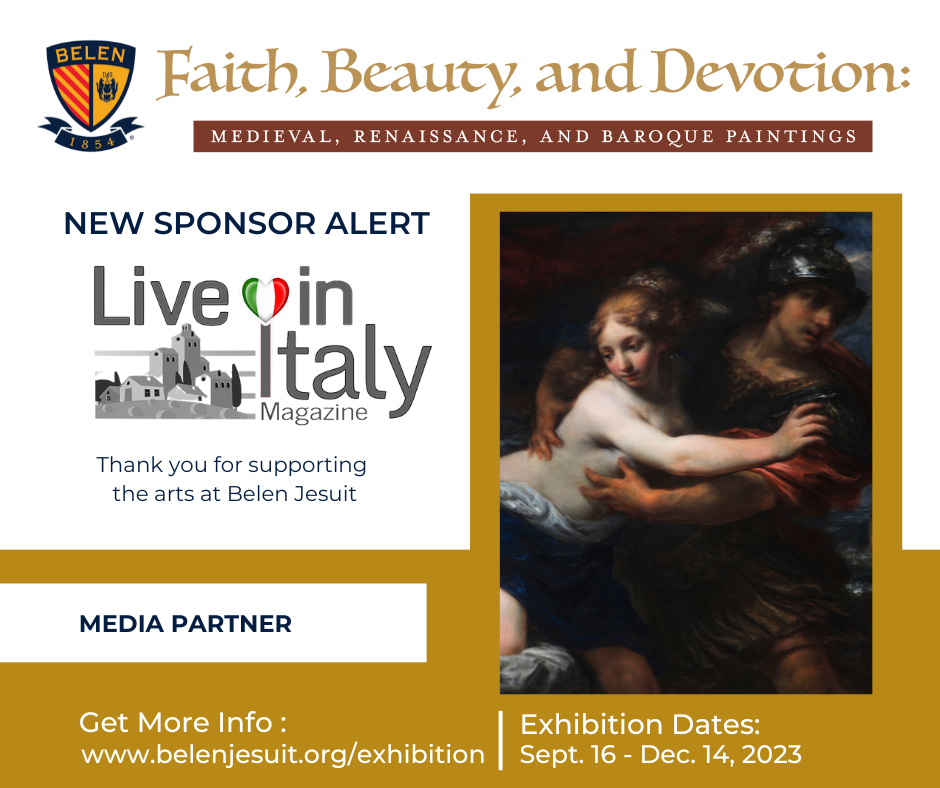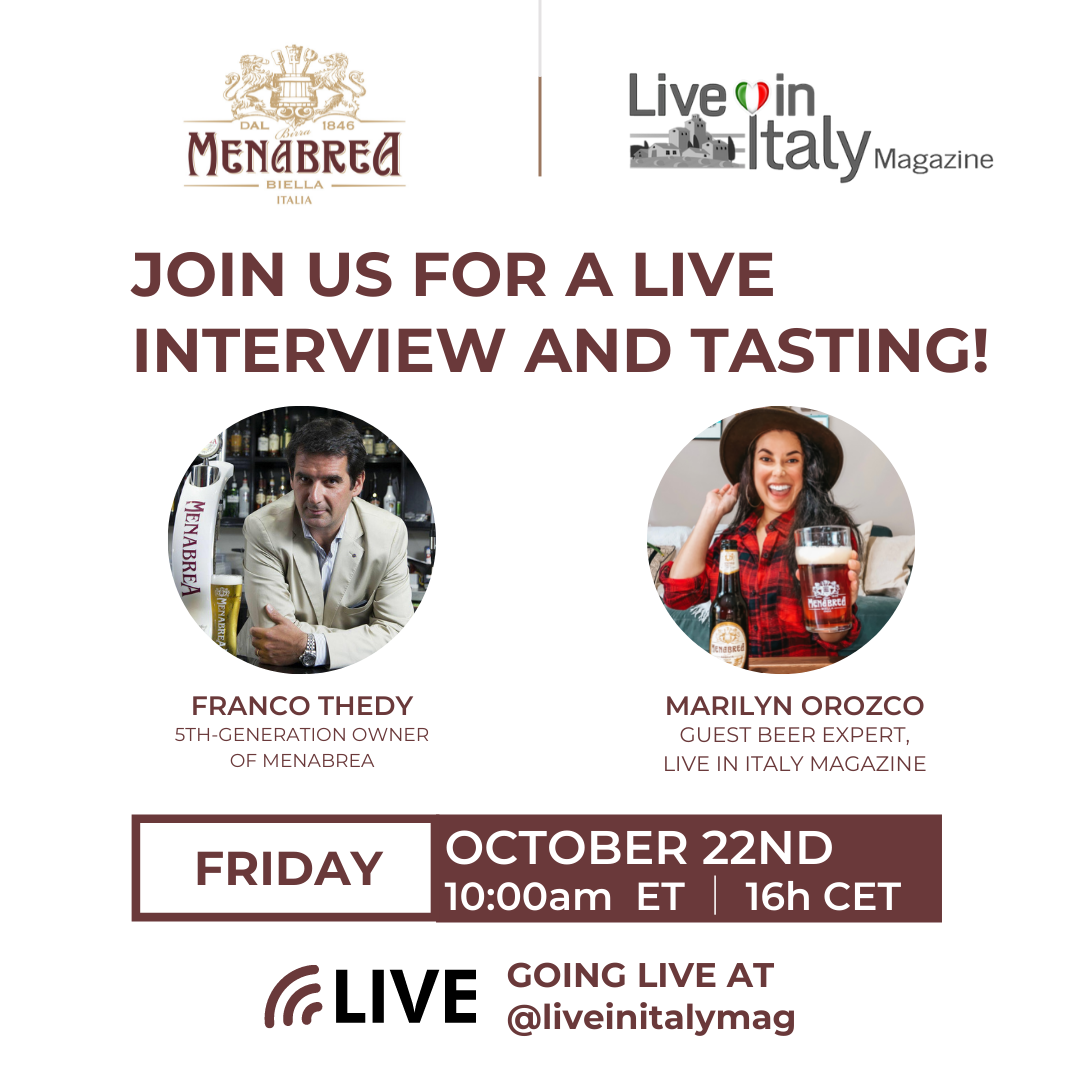One trend stands out prominently in the dynamic landscape of lifestyle choices—Dry January. This annual commitment to abstain from consuming alcohol throughout the entirety of January has transcended its initial health-oriented purpose, evolving into a cultural phenomenon embraced by individuals worldwide. This introduction sets the stage for a comprehensive exploration, touching upon historical roots, cultural significance, and its intersection with the rising trend of non-alcoholic wines.
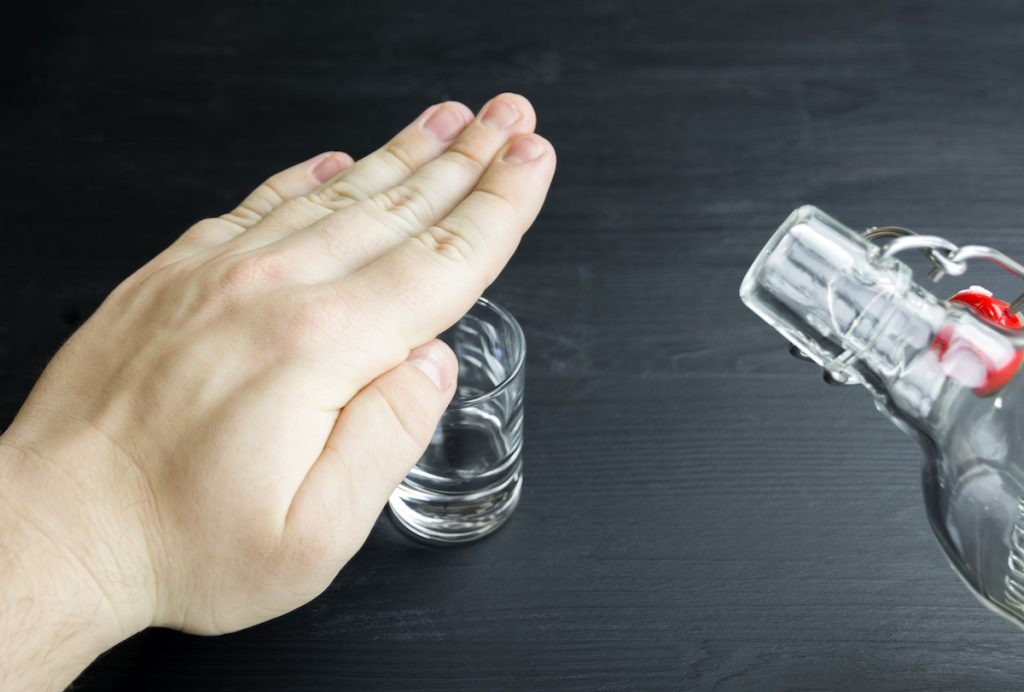
Dry January in the USA and Europe
Dry January’s momentum in the United States reflects unique cultural and social dynamics. Americans, dispersed across diverse landscapes, engage with the challenge driven by motivations ranging from health consciousness to a desire for a rejuvenated start in the new year. Social media trends, health and wellness movements, and their impact on American drinking habits are integral to understanding the phenomenon.
According to a recent survey by Gallup, 38% of U.S. adults abstain from alcohol completely. In Europe, the trend is also gaining popularity, with more people choosing to participate in Dry January each year.
The trend is also gaining popularity in other European countries, with more people choosing to participate in Dry January each year. According to a survey by Alcohol Change UK, it seems that 8.5 million consumers in the UK pledge to take part in Dry January this year. The magazine Internazionale highlights actually that the trned is becoming a habit for Europeans, with more people embracing initiatives like Dry January as part of a healthier and more conscious lifestyle.
Embracing the Rise of Non-Alcoholic Wines
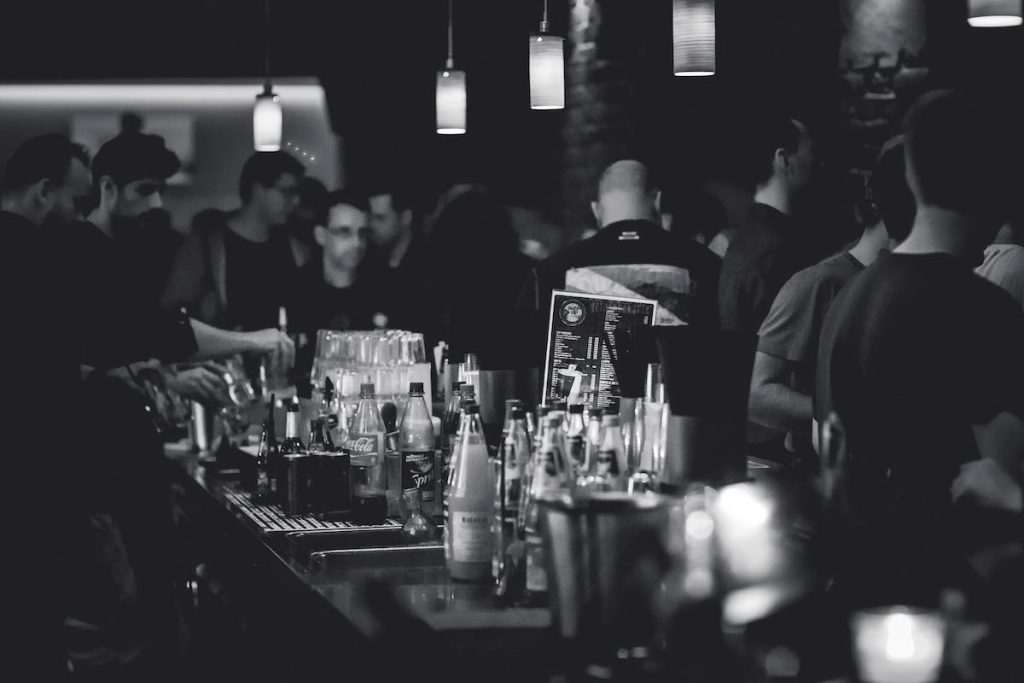
As said, In recent years, a profound shift in drinking habits has taken hold, with an increasing number of individuals opting for a healthier and more mindful approach to alcohol consumption. This transformative trend is epitomized by the rise of non-alcoholic wines, a phenomenon that has reshaped the landscape of the wine industry.
Historically, wine has been synonymous with celebration, relaxation, and conviviality. However, societal changes and a growing emphasis on well-being have paved the way for a paradigm shift. Alcohol free wines offer an alternative to traditional counterparts, aligning with a global movement toward healthier living and more mindful consumption. As consumers increasingly seek alternatives that cater to their evolving preferences, non-alcoholic wines have stepped into the spotlight.
The Evolution of Non-Alcoholic Wines
The journey of non-alcoholic wines traces back to an era where alcohol-free alternatives were often met with skepticism.
However, advancements in technology and a surge in demand for healthier beverage options have fueled the evolution of this niche market. These wines are made using a process that removes the alcohol content, leaving behind the flavor and aroma of the wine.
The market for no- and low-alcohol beverages experienced a volume growth of over 6% in ten crucial global markets in 2021, now holding a value exceeding $10 billion.
Will the trend continue?
Indeed, over the last five years, the sales of non-alcoholic beer, wine, and spirits have consistently risen, comprising 0.47% of total alcohol sales in the US in 2021. Spain has witnessed a surge in the popularity of no-alcohol wines, marking a 50% growth in the country’s market in 2021. Germany boasts the largest non-alcoholic wine market in Europe, experiencing a 30% increase in sales in 2021. Meanwhile, in France, the non-alcoholic wine market is also expanding, with sales witnessing a 20% rise in 2021.
This trend is expected to continue in the coming years, as more people look for ways to enjoy the taste of wine without the negative effects of alcohol.
Beyond a mere beverage option, the rise of no-alcohol wines signifies a broader cultural shift. Individuals are increasingly viewing their choice of beverages as a reflection of their values and lifestyle. Whether driven by health considerations, the desire for more mindful living, or the need for inclusive social options, the adoption of non-alcoholic wines has become a conscious lifestyle choice.
The production process of alcohol free wines
Producing no-alcohol wines requires a delicate and precise process that involves the same attention to detail as traditional winemaking, with a few key differences aimed at eliminating or significantly reducing alcohol content. The real challenge of making no-alcohol wines is to remove the alcohol without remove aromas, balance, quality, and quality.
There are three main methods now in use:
- vacuum distillation
- spinning cone columns
- reverse osmosis
The process of low-pressure osmosis
Just like traditional winemaking, the process begins with careful grape selection. Winemakers choose varieties known for their flavors, aromas, and overall quality. The goal is to capture the essence of the grape without the subsequent alcohol content. The production follows the same steps as traditional winemaking. Once the wine is ready, it is placed in a tank, filtered, and from that point, the dealcoholization process commences. The alcohol content reaches 0.0% (but only for the best quality no-alcohol wines). Some grapes must is added. A final microfiltration is performed, and then the wine is bottled. The last step is pasteurization.
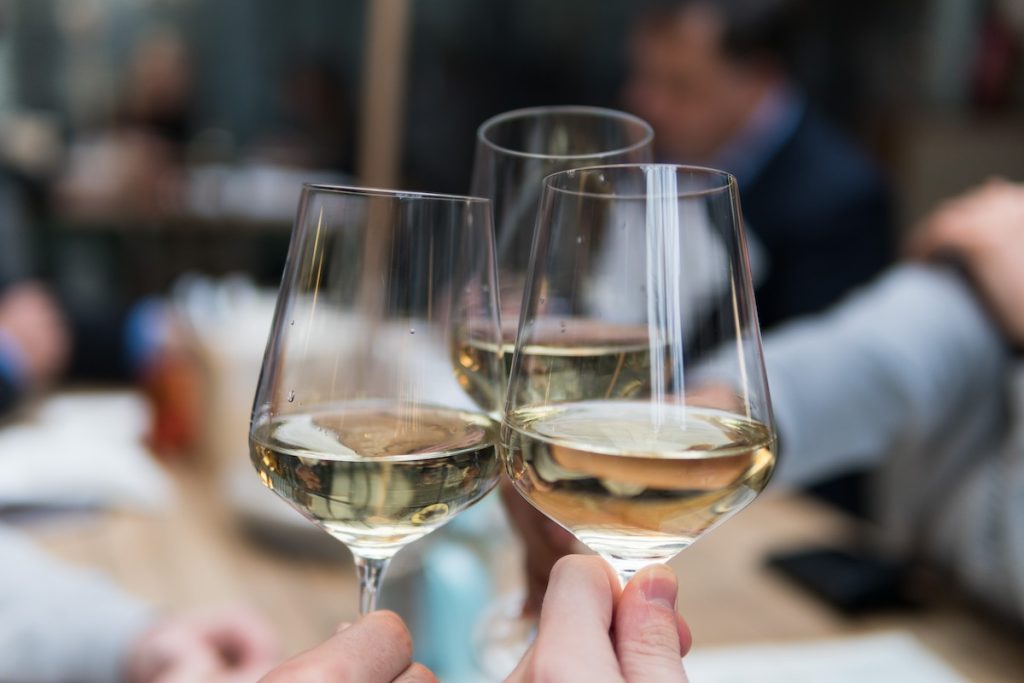
Very soon, I will be sampling some non-alcoholic wines; I’m quite curious, and you?
Stay tuned…


